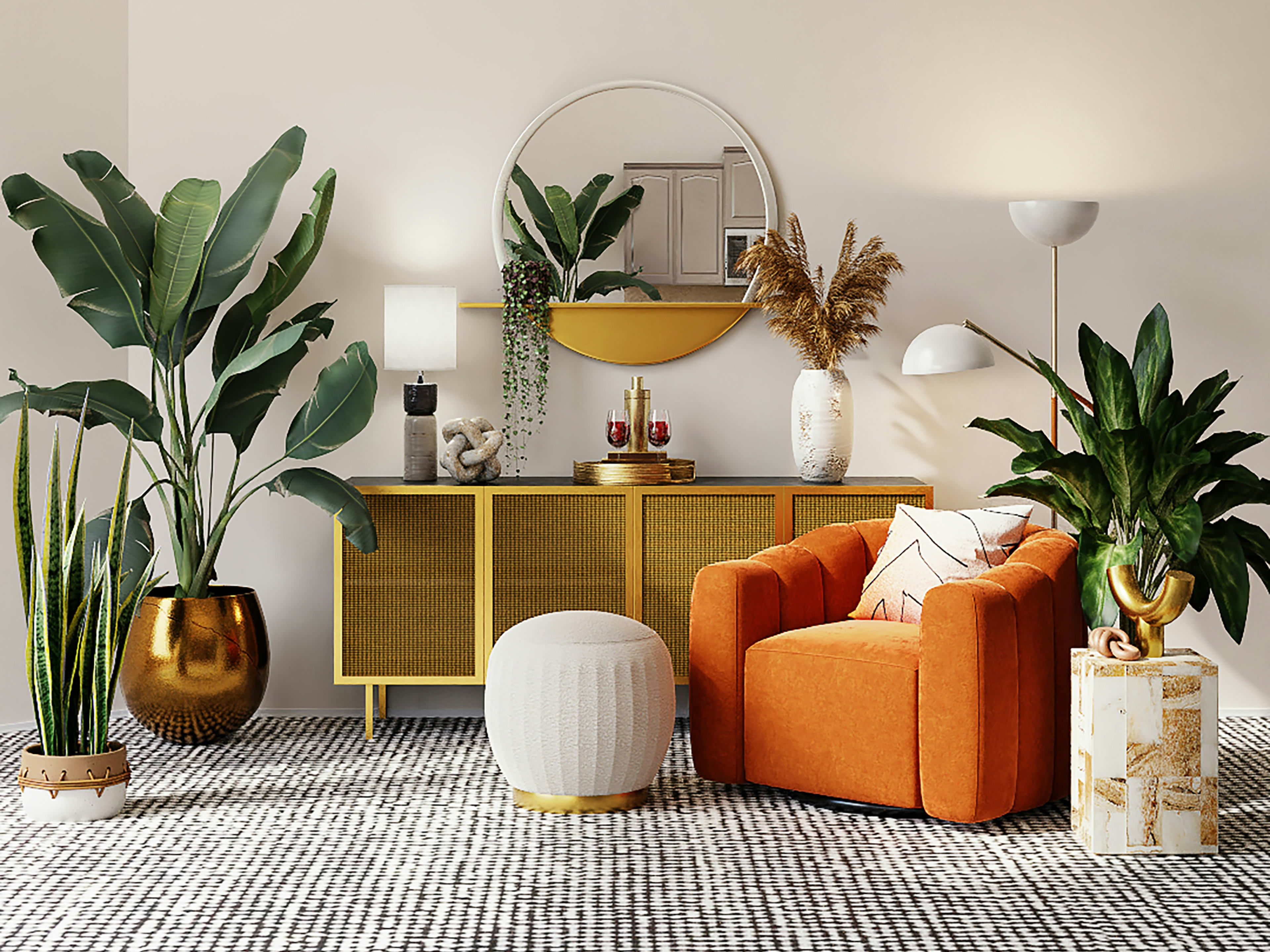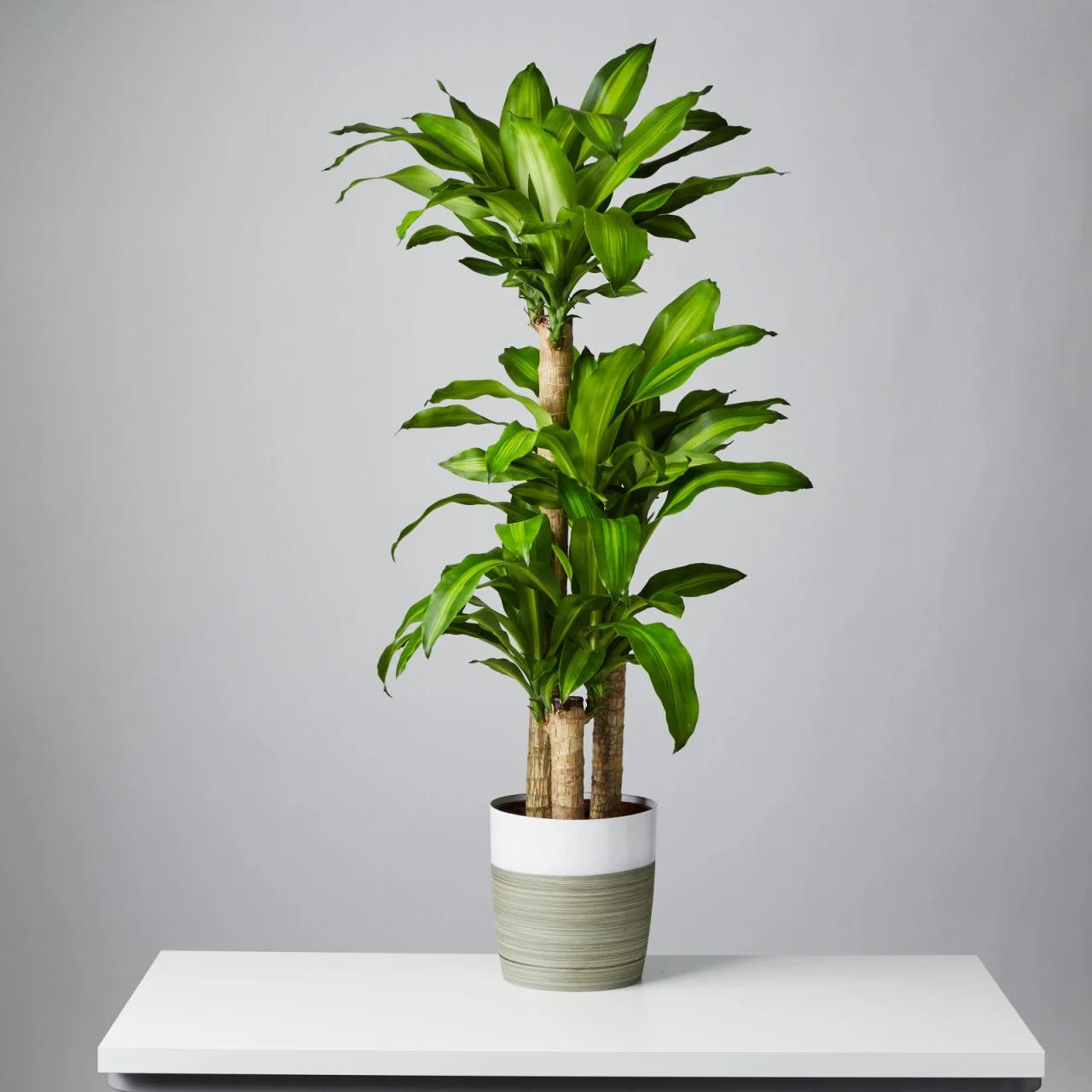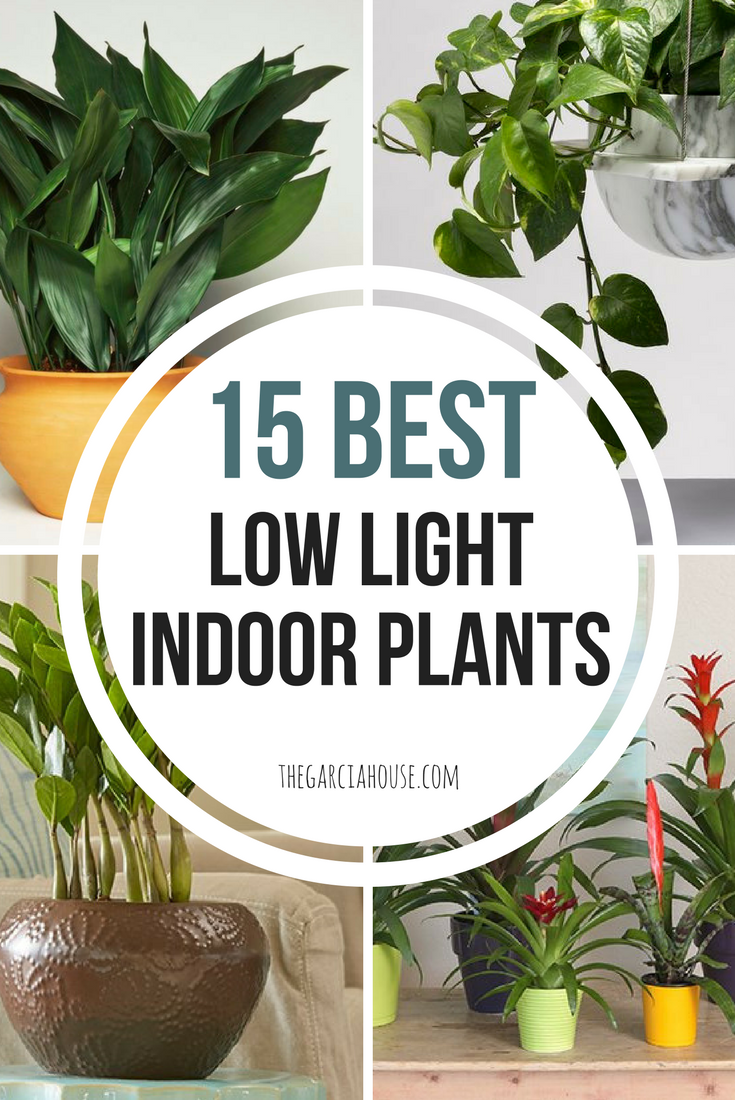Best Low-Light Indoor Plants That Add Greenery to Any Space with Little Light
Best Low-Light Indoor Plants That Add Greenery to Any Space with Little Light
Blog Article
Discover the Tricks of Low-Light Indoor Plants and Just How They Improve Your Environment
Low-light indoor plants have gathered increasing focus for their special capability to boost both aesthetic allure and environmental quality within homes and offices. These durable species, consisting of the Snake Plant and Peace Lily, not just grow in challenging lighting problems however additionally play a critical duty in air purification and psychological wellness.
Advantages of Low-Light Indoor Plants
Although many individuals think that indoor plants require bountiful sunlight to flourish, low-light interior plants supply a multitude of benefits that make them ideal for various environments. One of the key advantages is their versatility; they can prosper in areas with restricted all-natural light, such as workplaces, cellars, or areas with little home windows. This function enables people to boost their surroundings with plant, contributing to improved looks without the need for considerable lighting modifications.
Additionally, low-light interior plants can considerably improve indoor air quality by filtering harmful toxins and releasing oxygen, making living rooms healthier. Research has actually shown that certain varieties can absorb contaminants, thus promoting a cleaner ambience. In addition, they can enhance psychological health by lowering anxiety and raising performance. The visibility of plants has actually been linked to better sensations of serenity and focus.
Furthermore, low-light plants usually require much less maintenance than their sun-loving equivalents, making them excellent for active individuals or those brand-new to gardening. Their resilience enables them to love marginal intervention, thus offering a rewarding experience for plant fanatics and newbies alike. In summary, low-light interior plants offer both visual and functional functions, making them valuable additions to any kind of area.
Leading Low-Light Plant Varieties
Low-light indoor plants been available in a range of types, each offering one-of-a-kind attributes and advantages matched for dark settings. Amongst one of the most popular selections is the Serpent Plant (Sansevieria), known for its architectural leaves and air-purifying capacities. This resilient plant flourishes on forget and can endure a large range of light conditions.
Another superb option is the ZZ Plant (Zamioculcas zamiifolia), which includes glossy, dark environment-friendly leaves and is extremely drought-tolerant. Its adaptability makes it a preferred for workplaces and homes with minimal sunshine.
The Pothos (Epipremnum aureum) is likewise a top contender, with its trailing creeping plants and heart-shaped fallen leaves - Best low-light indoor plants. This functional plant can be trained to climb or cascade, adding visual rate of interest to any type of area

Treatment Tips for Low-Light Plants
Taking care of low-light indoor plants needs a nuanced understanding of their certain demands to make certain ideal growth and vitality. It is vital to select the appropriate potting mix, as a well-draining soil is important to protect against root rot. A mix developed for houseplants, often consisting of peat moss and perlite, works well for the majority of low-light ranges.
Watering is another key element of treatment. Low-light plants typically need less regular watering compared to their sun-loving equivalents.
Fertilizing should be approached with caution. Throughout the expanding period, a diluted fluid fertilizer can be used monthly, however in cold weather, many low-light plants enter inactivity and call for little to no fertilizing.
Lastly, it is necessary to regularly clean up the fallen leaves to eliminate dirt, permitting better light absorption. By adhering to these treatment ideas, you can grow a flourishing atmosphere for your low-light indoor plants, improving both their look and long life.
Enhancing Air Quality With Plants
Interior plants play a considerable function in improving air high quality within homes get redirected here and workplace. With the process of photosynthesis, these plants absorb carbon dioxide and launch oxygen, adding to a much healthier ambience. In addition, particular low-light indoor plants have the capability to filter unsafe contaminants, such as formaldehyde, benzene, and trichloroethylene, which are typically found in indoor atmospheres.

Additionally, the presence of indoor plants can raise humidity degrees, which helps relieve dry skin and respiratory system problems, better improving overall well-being. This capability to boost air high quality not just advertises physical health and wellness but additionally supports psychological health.
Incorporating low-light indoor plants into your living and working spaces can bring about a more invigorating and vibrant setting (Best low-light indoor plants). Purchasing these all-natural air purifiers is a straightforward yet efficient method for boosting interior air quality and cultivating a much healthier way of living
Creating a Peaceful Indoor Area
The combination of plants right into living spaces not only improves air top quality however also contributes to a relaxing ambience. Low-light interior plants, such as snake plants and pothos, are specifically reliable in developing a serene environment, as they grow in conditions that might otherwise be inhospitable for various other plant. Their lavish vegetation gives a relaxing visual, lowering stress and advertising leisure.
Integrating these plants right into your office or home can stimulate a feeling of peace and health. Tactically positioning them in areas where you invest significant time, such as living spaces or offices, enables an immersive experience with nature, which has been shown to boost state of mind and cognitive function.
Moreover, the gentle movement of fallen leaves in action to air flow can create a vibrant aesthetic element that enhances the total ambiance. Consider making use of a selection of plant heights and structures to include depth and interest to your room. With thoughtful placement and care, low-light indoor plants can change any type of area right into a tranquil haven, fostering not just aesthetic complete satisfaction but emotional and likewise emotional wellness.

Conclusion
Integrating low-light indoor plants right into various atmospheres returns substantial advantages, including boosted air quality and enhanced aesthetic appeal. The transformative power of low-light plants highlights their value in enhancing both domestic and work settings.
Although several individuals assume that interior find out plants call for bountiful sunlight to thrive, low-light interior plants offer a multitude of advantages that make them perfect for numerous atmospheres.Moreover, low-light interior plants can substantially improve interior air quality by filtering system unsafe contaminants and releasing oxygen, making living areas healthier. In addition, specific low-light interior plants possess the capability to filter damaging contaminants, such as benzene, formaldehyde, and trichloroethylene, which are generally found in indoor atmospheres.
Low-light indoor plants, such as serpent plants and pothos, are particularly efficient in developing a serene setting, as they flourish in conditions that might or else be unwelcoming for other plant.Incorporating low-light indoor plants into different atmospheres yields considerable advantages, consisting of boosted air top quality and boosted visual appeal.
Report this page